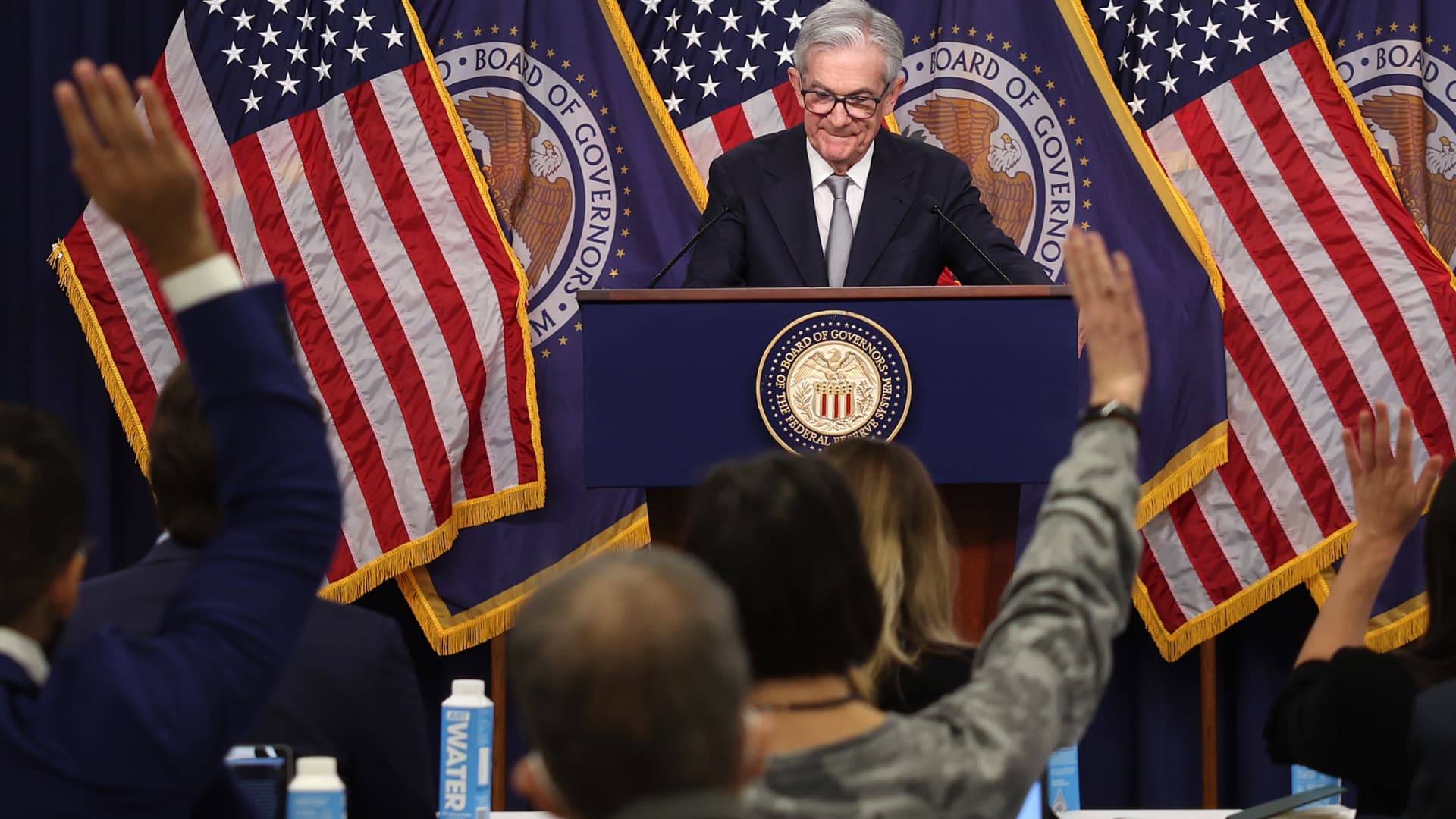The U.S. economy continues to grow despite the 5.5% benchmark federal funds interest rate set by the Federal Reserve in 2023.
The Fed’s leaders expect their interest rate decisions to eventually slow that growth.
The increase in borrowing costs that stems from Fed decisions does not affect all consumers immediately. It typically affects people who need to take new loans — first-time homebuyers, for example. Other dynamics, such as the use of contracts in business, can slow the ripple of Fed decisions through an economy.
“It might not all hit at once, but the longer rates stay elevated, the more you’re going to feel those effects,” said Sarah House, managing director and senior economist at Wells Fargo.
“Consumers did have additional savings that we wouldn’t have expected if they had continued to save at the same pre-Covid rate. And so that’s giving some more insulation in terms of their need to borrow,” said House. “That’s an example of why this cycle might be different in terms of when those lags hit, versus compared to prior cycles.”
A 1% interest rate increase can reduce gross domestic product by 5% for 12 years after an unexpected hike, according to a research paper from the Federal Reserve Bank of San Francisco.
“It’s bad in the short term because we worry about unemployment, we worry about recessions,” said Douglas Holtz-Eakin, president of the American Action Forum, referring to the paper’s implications for central bank policymakers. “It’s bad in the long term because that’s where increases in your wages come from; we want to be more productive.”
Some economists say that financial markets may be responding to Federal Reserve policy more quickly, if not instantaneously. “Policy tightening occurs with the announcement of policy tightening, not when the rate change actually happens,” said Federal Reserve Governor Christopher Waller in remarks July 13 at an event in New York.
“We’ve seen this cycle where the stock market moved more quickly in some cases, more slowly in other cases,” said Roger Ferguson, former vice chair of the Federal Reserve. “So, you know, this question of variability comes into play, as in how long it’s going to take. We think it’s a long time, but sometimes it can be faster.”
Watch the video above to see why the Fed’s interest rate hikes take time to affect the economy.

